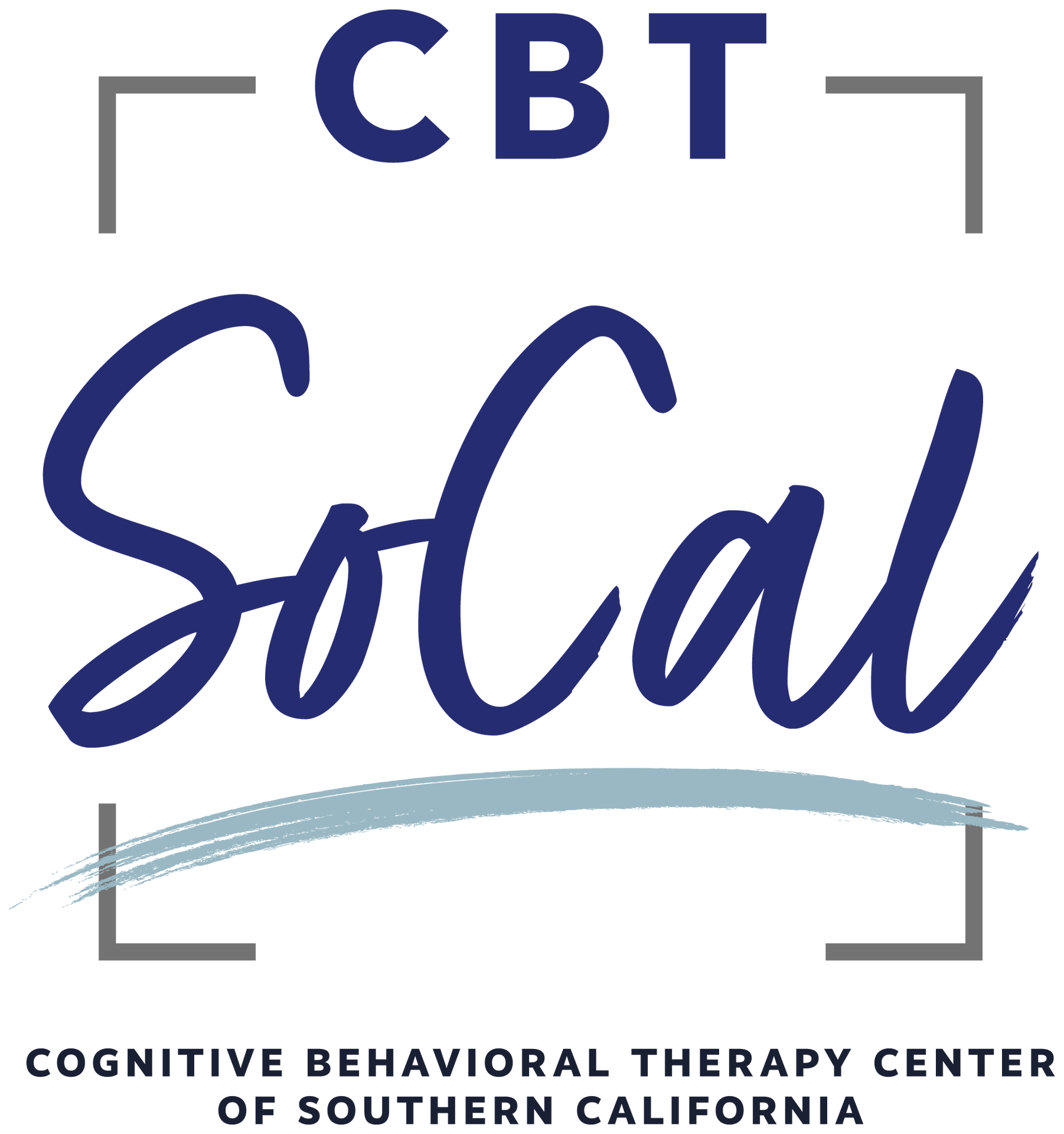What Is Exposure Therapy? Does It Really Help Anxiety?

You can feel it approaching. Most of the time, it happens when you least expect it. It always finds you, no matter how hard you try to run or hide from it.
Whether the doors are locked or you’re hiding under your covers, it won’t be long before the knock, knock, knock sounds from your front door. You can feel the knocks in your chest. It’s right there whether you want to admit it to yourself or not.
There’s nowhere left to turn. Nowhere to run or hide. There’s only one thing you can do. You walk to the front door, unlock it, and slowly open it to face your fears head-on.
Let’s learn more about exposure therapy and if it really helps anxiety.
What Is Exposure Therapy?
 Exposure therapy is a type of treatment option that is used to help individuals face any fears or anxieties they may have. This form of therapy allows individuals to face their fears in a safe and secure environment. The overall goal of exposure therapy is to decrease the chances of avoidance, reduce anxiety, and improve one’s overall mental health and wellness.
Exposure therapy is a type of treatment option that is used to help individuals face any fears or anxieties they may have. This form of therapy allows individuals to face their fears in a safe and secure environment. The overall goal of exposure therapy is to decrease the chances of avoidance, reduce anxiety, and improve one’s overall mental health and wellness.
Types of Exposure Therapy
Similar to other forms of therapy, there isn’t just one form of exposure therapy that works for everyone. There are many different forms depending on the fear. These are some of the different types of exposure therapy.
Applied Muscle Tension
Applied muscle tension is mostly used for individuals who have a fear of things like needles or blood. During this form of treatment, a therapist will work with their client on having them tense their muscles. The action of tensing muscles can increase someone’s blood pressure, which can help reduce the chances of fainting.
In Vivo Exposure
This form of exposure therapy involves working your way up to confront your fear head-on. A therapist will work their client up to facing their fears in person. They may start with visualization exercises, talking through different scenarios of being exposed, moving forward with photos or videos, and then eventually working their way up to exposure in real life.
Systematic Desensitization
Systematic desensitization isn’t as common as other forms of exposure therapy, but it is still effective in reducing anxiety. During this form of treatment, images that can invoke fear are shown and a therapist will encourage their client to work through how they’re feeling with relaxation techniques.
Virtual Reality Exposure
During a virtual reality (VR) exposure experience, a client is exposed to their fears through the use of a computer program. Tracking devices are put on the body to help a client interact with the virtual environment without physically being exposed to it in real life.
What Does Exposure Therapy Help With?
Exposure therapy can help with a variety of different mental health disorders. These are some of the most common conditions that exposure therapy helps with:
- Generalized anxiety disorders (GAD)
- Obsessive-compulsive disorder (OCD)
- Panic disorder
- Phobias
- Post-traumatic stress disorder (PTSD)
- Social anxiety disorder
How It Works
It may seem easier to avoid the things that you’re most afraid of, but this can actually lead to that fear becoming worse over time. Avoiding those things may seem like a short-term solution to the problem, but in the long run, it can make the fear feel more intense. Exposure therapy allows individuals to face their fears head-on. This form of therapy may seem scary, but working with a licensed and trained mental health professional can help you feel safe and secure throughout the process.
Next Steps
Exposure therapy is a highly effective form of therapy option, especially for individuals who struggle with anxiety. Reach out today to see if exposure or anxiety therapy is a good option for you and your needs.
